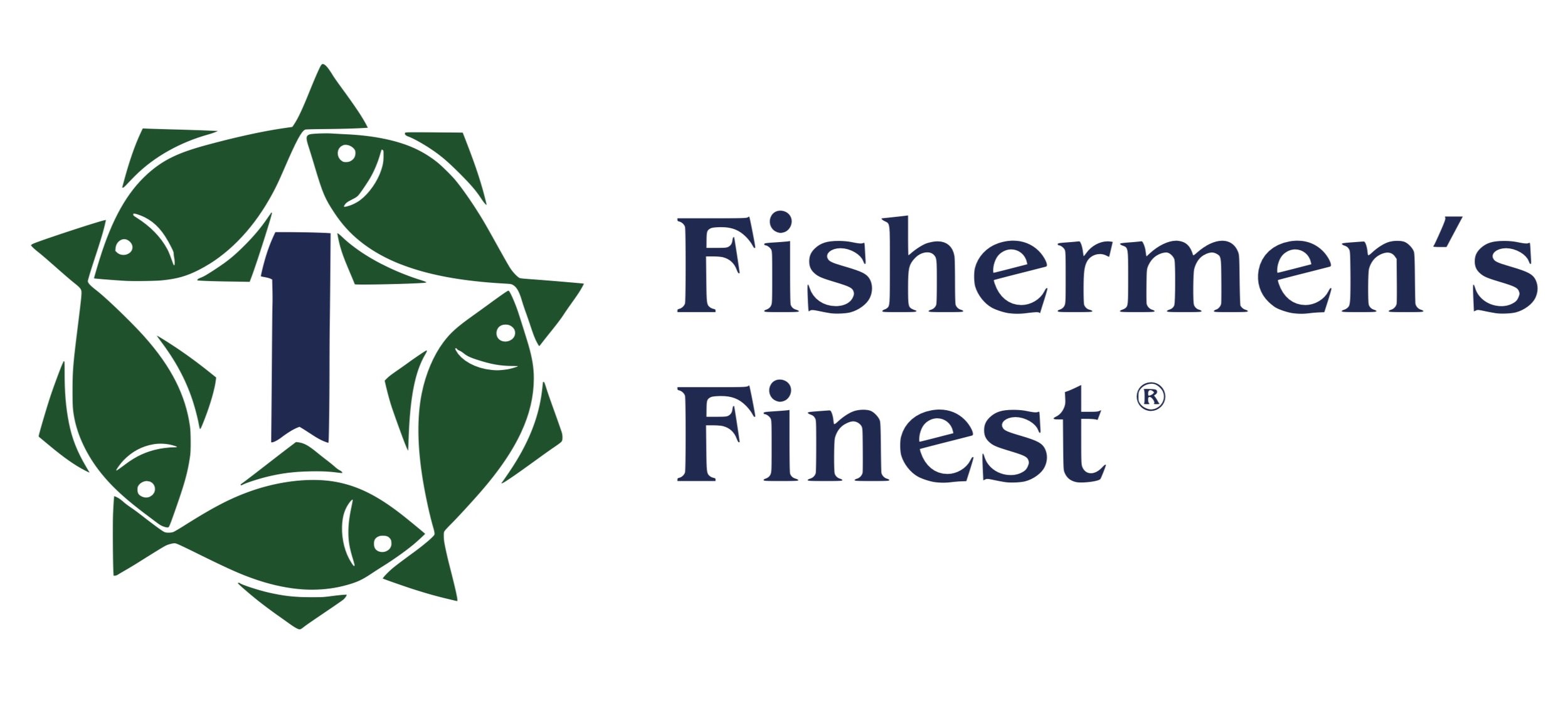MCA April
Following is an excerpt from the April Marine Conservation Alliance (MCA) Newsletter
Pacific Halibut Research
One of the biggest scientific gaps in halibut science is the lack of a clear understanding of what is happening with the small, young age classes of halibut. The current assessment focuses on fish that are within the “exploitable” size category (sizes caught by halibut longline gear) and makes some estimates about smaller size classes based on what has recruited to the directed halibut fishery over the past couple of years. The chief halibut assessment scientist has described this as “driving forward by looking in the rearview mirror”. A better handle on what is happening with small, juvenile halibut allows us to make better forecasts about the future status of the stock, and enables managers to make more informed policy decisions about directed halibut fisheries and fisheries that take halibut as bycatch. In other words, a better handle on small halibut populations is in everyone’s interest.

NMFS crew deck sorting juvenile Pacific halibut during an Aleutian Island trawl survey. Image courtesy IPHC.
Over the past year we have been working on a halibut research project intended to develop a sound index of small halibut. This has been an elusive issue for decades, but improvements in computing-power and enhanced data collection convinced us that it was time to try again. We have contracted Dr. David Sampson at Oregon State University to answer some initial research questions. In particular, we asked him to look at the NOAA trawl survey (which catches small halibut) and to identify reasons why halibut year classes that were apparent in that trawl survey never materialized in the directed fishery or IPHC survey. Were they ever there to begin with? While formulating these research questions, we have been talking with staff at the AFSC about their efforts at helping with halibut science. They are currently working on a complimentary set of research questions which looks at halibut bycatch in groundfish fisheries and its utility as a possible index of small halibut. In looking at preliminary data, it appears that merging the AFSC research and the OSU research could potentially result in a solid index of small halibut abundance. If successful, this could ultimately improve sustainable management of the resource and allow for more informed policy discussions of how best to manage it. Needless to say I’m feeling rather optimistic that we will be able to make such a contribution. Your financial support has been invaluable in taking these steps and making the progress that has been made to date.
Additional information on Halibut bycatch issue (please check back regularly as we will continue to update up to and through the June Council Meeting):
C-2 NPFMC June Sitka - more information (updated)

Fishermen's Finest ~ a team of excellence ~ our name says it all.
